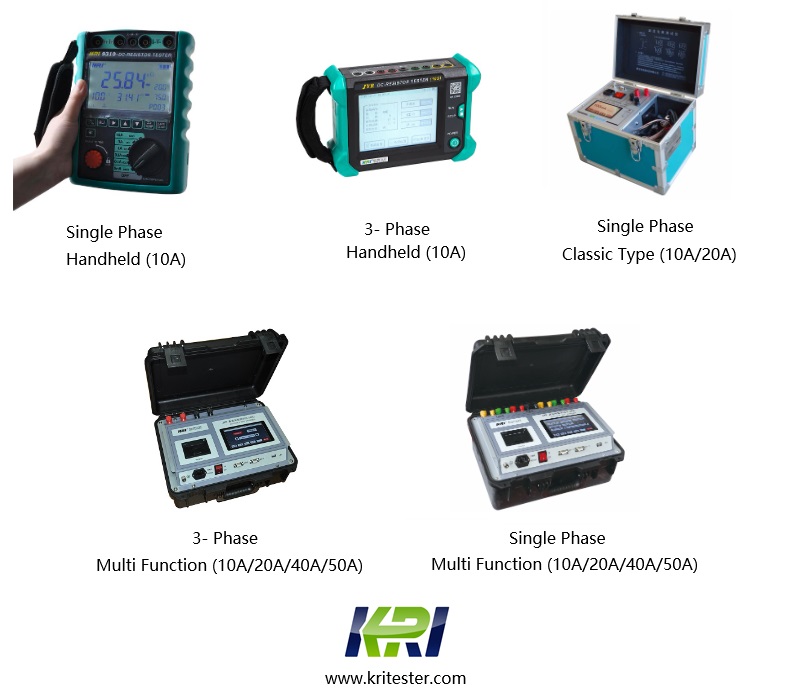Purpose of Transformer Winding DC Resistance Measurement:
· To check the quality of winding solder joints and detect inter-turn short circuits.
· To identify conductor strand breakage or disconnection issues in windings or leads.
· To assess the contact quality of tap changer positions and verify the consistency between the actual tap position and its indicator.
· To detect strand breakage in parallel windings.

Testing Frequency of Winding DC Resistance Measurement:
1. During commissioning.
2. After major overhauls.
3. Every 1-3 years.
4. After tap position changes in no-load tap-changing transformers.
5. After the tap changer of load-tap-changing transformers is serviced (measure at all tap positions).
6. As needed.
Principle of Winding DC Resistance Measurement:
When time t=0t = 0t=0, I=0I = 0I=0, and as t→∞t \to \inftyt→∞, I=En/RI = E_n / RI=En/R, reaching a steady state.
Due to the high inductance and low resistance of transformer windings, the inductance can reach hundreds of henries, resulting in a large time constant. For high-voltage, large-capacity transformers, achieving stable resistance measurements can take minutes, tens of minutes, or even hours. Using appropriate measurement methods and equipment is crucial for ensuring accuracy.
To shorten the measurement time (reduce TTT), measures such as decreasing LLL or increasing RRR (adding additional resistance) can be employed. Reducing LLL can be achieved by increasing the measurement current to saturate the core, thereby lowering the magnetic permeability. Increasing RRR can be accomplished by adding a resistance 4-6 times greater than the tested resistance in the circuit. The measurement voltage should also be increased to avoid excessively low currents, which could reduce sensitivity.
Analysis and Judgment of Winding DC Resistance Measurement Results:
1. For transformers above 1.6 MVA, the resistance differences between windings should not exceed 2% of the three-phase average value. For windings without a neutral point, the phase-to-phase difference should not exceed 1% of the three-phase average value. (Unbalance rate = (maximum measured value - minimum measured value) / average value of the three phases).
2. For transformers of 1.6 MVA and below, the phase-to-phase difference should generally not exceed 4% of the three-phase average, and the line-to-line difference should not exceed 2%.
3. The resistance of each phase winding, compared with historical results under the same temperature and location, should not exhibit significant differences. Deviations greater than 2% are unacceptable, and differences exceeding 1% warrant attention.
Kingrun Transformer Instrument Co.,Ltd.


Kingrun Series DC winding resistance testers
